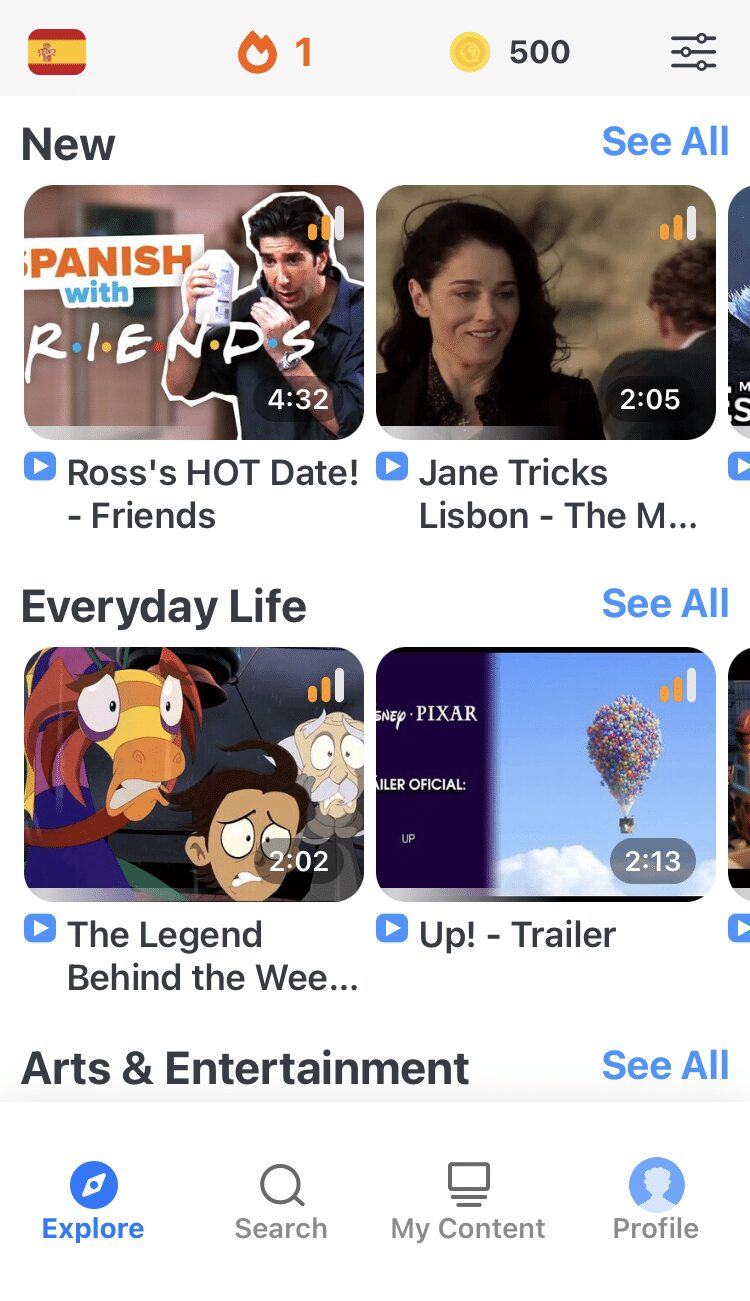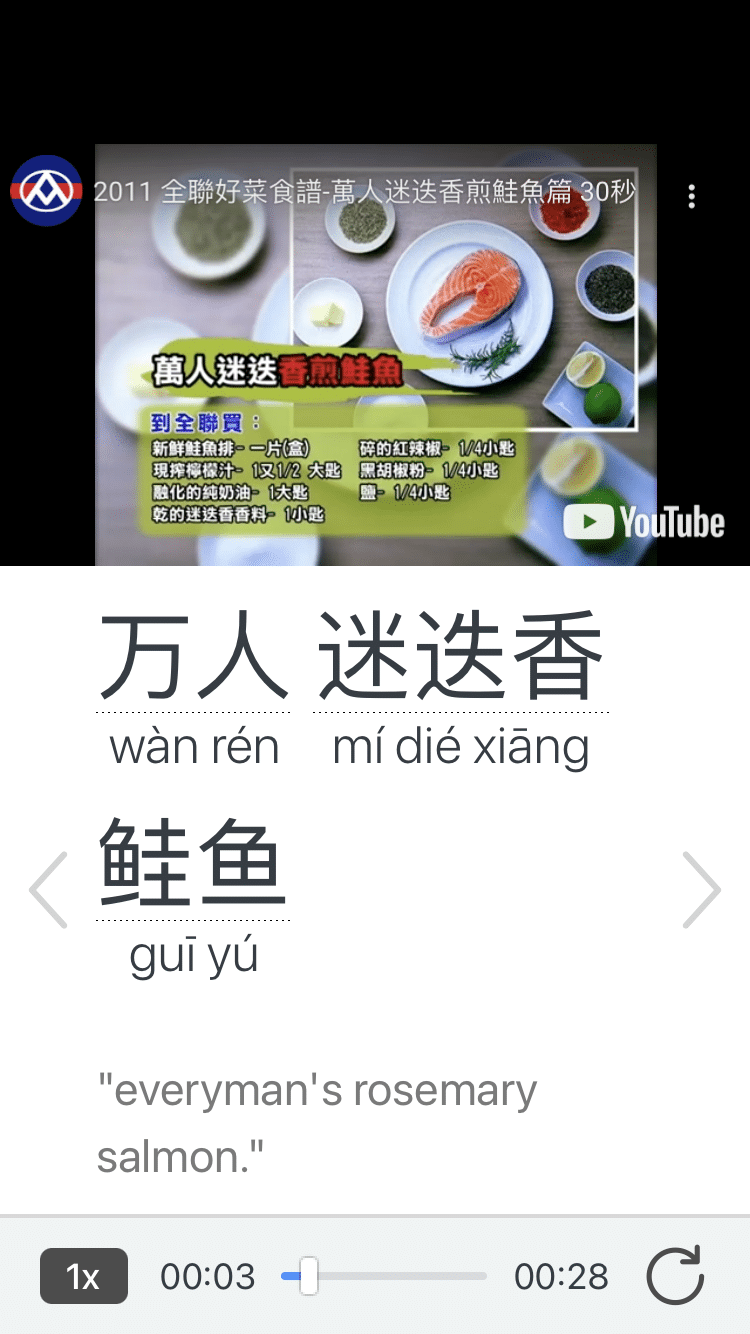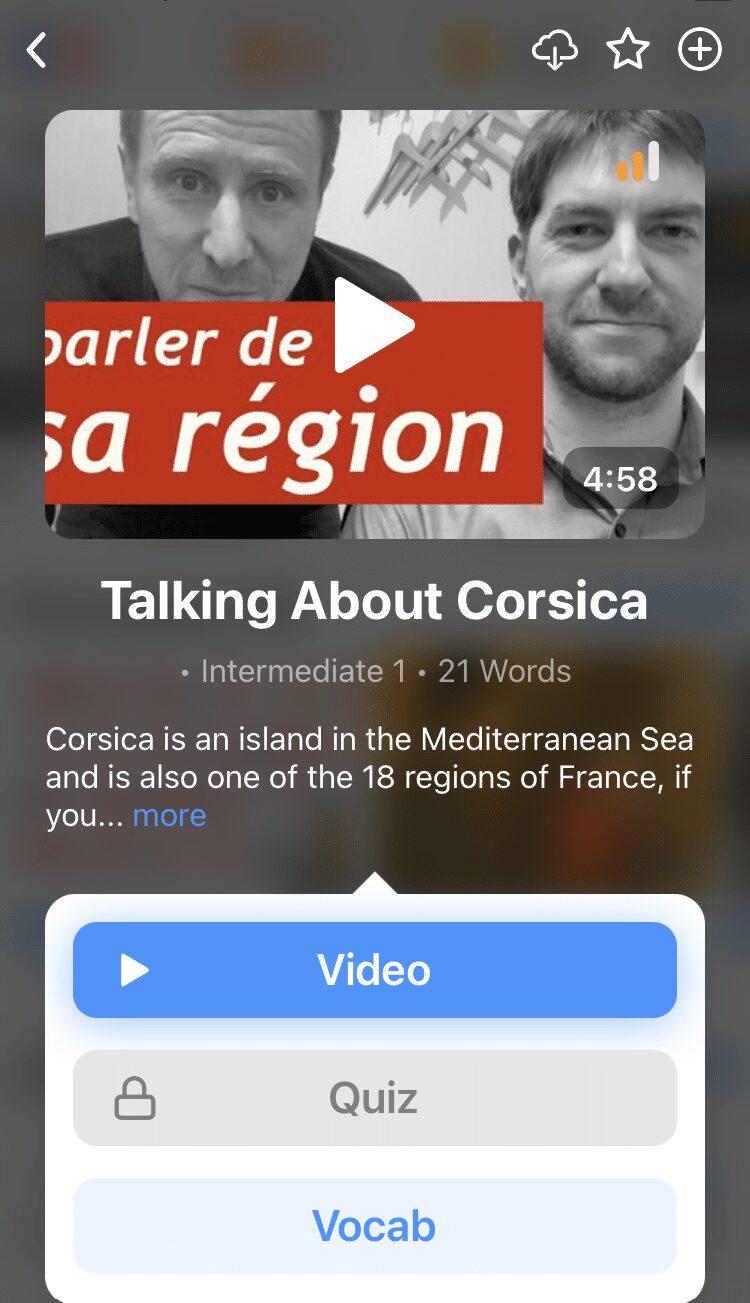How to Take Notes While Learning a Foreign Language [6 Tips]

If you’re learning a language, taking notes not only can be interesting and exciting, but it may be essential.
In this post, we’re going to look at how you can create your own fun and useful language learning notes, notes that truly enhance your studies and help you learn.
Download: This blog post is available as a convenient and portable PDF that you can take anywhere. Click here to get a copy. (Download)
1. Learn Your Learning Style and Apply It to Note-taking
Learning your language learning style is one of the best ways for you to become a language learning genius by taking notes. Play around with the different styles below and see what works for you!
Auditory learners
The most effective way for auditory learners to take language notes and retain information is by listening.
Text-to-speech is a great way for auditory learners to take notes because you can listen to the notes you’re taking as you’re taking them. Another great thing about text-to-speech is that it can be used on nearly all types of devices (desktop, laptop, tablet, smartphones, etc). Because of that, text-to-speech can be used almost anywhere to help you take great language notes.
Another way auditory learners can take better notes is by recording lectures, teachings or conversations that have to do with the language they’re learning. Nowadays, you’re able to record just about anything with your smartphone. You can then play these recordings back later, and they’ll help you to take better notes in your notebook.
To give yourself more audio material for your notes, you could also try having group discussions with fellow learners in and/or about the language you’re learning. This is a great method of learning and note-taking for people who are sociable.
Visual learners
Visual learners take the best language notes while watching TV shows and movies, looking at photos, diagrams, etc. For example, watching a movie may not seem like a productive way to take language notes, but people who learn languages through visualization will be able to remember new foreign words easier by seeing them acted out.
People with this type of language learning style may also benefit from keeping a physical or a digital folder full of pictures, diagrams, graphs and movies to go along with their notes and make sense of them. You can also, of course, arrange your notes into your own diagrams, graphs and other visual aids.
If you’re a visual learner, you would also benefit from using visual aids to learn, not just note-taking. Video-based learning resources are probably going to be right up your aisle.
By combining other learning methods with your note-taking, you’ll increase your motivation and interest in studying. And you’ll get some interesting content to take notes about, with images and context that will help you remember what you learn.
Hands-on learners
People who are hands-on learners, like me, like to get their hands dirty when learning a new language. The best way for hands-on learners to take notes when learning a new language is by actually doing something, often physical, that connects their memory to a new foreign word.
Actually writing down your notes on paper (or, again, on an offline computer with a digital pen) is the best way for hands-on learners to take language notes. Besides physically writing things down, hands-on learners can also take language notes by using hand gestures. For example, if you want to learn to say “good job” in a foreign language, you could write that phrase down in a notebook with one hand and use your other hand to give yourself a thumbs-up.
If you’re a student in school taking a foreign language test, you can use your hands-on learning style to your advantage. If you discreetly use your hands to go over your hand-gesture notes while you’re taking your test, people may think you’re crazy, but you’ll prove them wrong when you ace your language test every time!
2. Establish the Main Idea Every Time You Take Notes
Learning your language learning style is only the first step when it comes to taking great language notes. Once you figure that out, the next thing you need to focus on is what the main idea of your notes is.
Limit yourself to one main idea at a time.
Knowing the main idea is important because you don’t want just a bunch of random notes that don’t make any sense. For example, if during one note-taking session, you want to learn a particular grammar point, then stay focused on only taking notes on that grammar point. Be careful to not get distracted with trying to learn too much all at once.
Create a structure in your notes to accommodate different topics.
As you progress in your language note-taking skills, you’ll eventually want to organize your main thoughts into different sections of your language notebook. As an example, you could have different sections for taking notes on greeting words, the alphabet, basic vocabulary, grammar and so on.
Take notes with a friend.
Learning a new language doesn’t always have to be a lone-ranger type of thing. Teaming up with a friend at a coffee shop to take notes together can be a great way to stay focused. It can also be really fun to bounce different notes off of each other to make sure the main idea stays the main idea.
3. Take Language Notes on Themed Vocabulary Lists
One of the best ways to take notes on vocabulary is by organizing your notes around themed word lists. Here are a few different approaches you can take.
Learn synonyms.
One great way to use themed word lists to your advantage is by using a dictionary and thesaurus to help you take language notes on synonyms. This option is great for more advanced learners, because learning synonyms with your themed word notes will help to broaden your vocabulary in the language you’re learning.
Visual Thesaurus uses a mind-map format (see below) to introduce you to synonyms, related words and different shades of meaning. As we’ll explore more in the next section, you can actually use thesaurus and dictionary resources in your native language to explore learning possibilities for your target language.
When you learn synonyms by taking great language notes, you’ll no longer be stumbling over your words because you can’t think of anything else to say. Now there’s something to celebrate!
Learn uncommon words.
The best way to learn uncommon words in a foreign language is by first visiting a website that specializes in unusual words to find an uncommon word and its definition.
You can do this in English or your native language, but once you find that uncommon word, you can then look up the foreign definition of it with an online multilingual dictionary. Once you learn the foreign definition of that word, which may include more than one related uncommon word and other related words you don’t know yet, you can take notes about it in your notebook.
You can practice the uncommon foreign words you’ve learned with your native speaker friends and use repetition in your notes to reinforce what you’ve learned. There’s a reason teachers discipline children by having them write, “I will not talk in class” 100 times.
By writing related words in your language notebook over and over again, even words that are uncommon for most foreigners will start to become common for you.
Learn word pronunciations.
By using a themed word list with the audio function in your dictionary app, you’ll not only learn the pronunciation of a foreign word, but you’ll also be able to take notes in your notebook about the pronunciation.
In order for you to remember the pronunciation of a particular letter, you might write down notes like, “sounds like a diesel truck,” or “reminds me of…” Whatever the best way is for you to remember the pronunciation of the word is what you should focus on.
Another thing that could help with learning words and pronunciations could be a language learning program with an immersion focus such as FluentU.
FluentU takes authentic videos—like music videos, movie trailers, news and inspiring talks—and turns them into personalized language learning lessons.
You can try FluentU for free for 2 weeks. Check out the website or download the iOS app or Android app.
P.S. Click here to take advantage of our current sale! (Expires at the end of this month.)
4. Go Unconventional with Your Note-taking: Use Mind Maps
Use colors and images in your mind maps for better retention.
For those of you who don’t know, mind maps are maps that organize lots of words around a central subject. It’s a way for you to visualize your physical notes without needing to bring a notebook everywhere. When you can visualize the physical notes you took in your notebook at home, you can go over your language notes from memory anywhere, anytime.
Most notes are just words written down with more words to explain what the words mean, but not with mind maps. When you take notes using a mind map, you can also use your creativity with colors and images that will help you to learn the different types of words associated with each word branch.
For example, one branch will have the word “ball” written in a foreign language. Then, each branch attached to the word “ball” will have words, pictures and colors associated with that word like basketball (orange), soccer (black and white), baseball (white), football (brown), tennis (green), etc.
Make easy adjustments with digital mind maps.
If you like to make frequent changes or add things to your mind map on a regular basis, the best option is to use a digital mind map. A digital mind map will allow you to take digital language notes on a computer, and this will make it easy for you to add or change things as you progress in your language learning.
Why Take Language Learning Notes?
- A great reason to take physical language learning notes in a notebook or digitally by hand is that it’ll help with your long-term memory. Taking language notes that make sense to you will help you to retain more of what you’re learning.
- Another reason to take language notes is that you’ll have fewer distractions. Taking notes in an offline digital or paper notebook will not only help you to focus on what you’re learning, but it’ll prevent distractions from things like text messages, emails, online advertisements, etc.
- Feeling a sense of accomplishment is another great reason to take language notes. As you can see that each page is being filled with your language notes, this will help to keep you motivated to continue taking more notes and keep learning.
There are many ways to take good language notes, but if you put these four methods into practice, your inner Einstein will come out for all your foreign friends to see.
Whether you’re an intellectual, a creative person or just a dedicated language learner, taking good notes will help you become the language learning genius you’ve always wanted to be.
Download: This blog post is available as a convenient and portable PDF that you can take anywhere. Click here to get a copy. (Download)
And One More Thing...
If you dig the idea of learning on your own time from the comfort of your smart device with real-life authentic language content, you'll love using FluentU.
With FluentU, you'll learn real languages—as they're spoken by native speakers. FluentU has a wide variety of videos as you can see here:
FluentU has interactive captions that let you tap on any word to see an image, definition, audio and useful examples. Now native language content is within reach with interactive transcripts.
Didn't catch something? Go back and listen again. Missed a word? Hover your mouse over the subtitles to instantly view definitions.
You can learn all the vocabulary in any video with FluentU's "learn mode." Swipe left or right to see more examples for the word you’re learning.
And FluentU always keeps track of vocabulary that you’re learning. It gives you extra practice with difficult words—and reminds you when it’s time to review what you’ve learned. You get a truly personalized experience.
Start using the FluentU website on your computer or tablet or, better yet, download the FluentU app from the iTunes or Google Play store. Click here to take advantage of our current sale! (Expires at the end of this month.)











